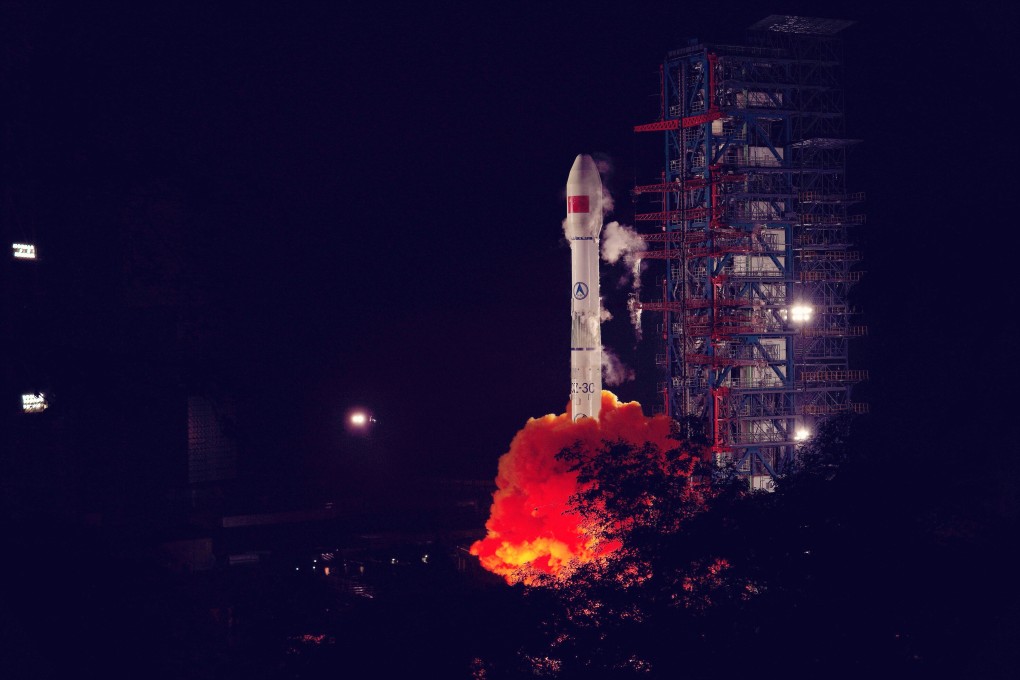The ‘air breathing’ tech that China hopes can fuel a new generation of satellites
- Chinese space authorities have devoted considerable resources to developing the technology
- Researchers found that shock waves in space could complicate designs of the eyes in the sky, but have made headway in overcoming this

Researchers at Beihang University in Beijing have made headway in developing “air-breathing” satellites that could last longer in space, finding that there are ways to reduce the negative impact of shock waves they said could destabilise such satellites.
“Air-breathing” satellites rely on air-breathing electric propulsion, a technology that uses electricity generated by a solar panel or nuclear reactor to charge particles and repel them to produce momentum. This enables them to be sent into low-Earth orbit, collecting the thin air as propellant to stay aloft longer at an altitude of as low as 100km (62 miles) – near the boundary between space and the atmosphere.
Chinese space authorities have devoted considerable resources to developing the technology and have tested a number of prototypes. The military was particularly interested in the technology because it could capture information on the surface below in much higher detail than satellites operating at greater altitude, according to some research papers.
However, technical challenges remain, including having a molecule collector big enough to scoop up the amount of particles needed to generate a reasonable thrust.
The researchers also discovered that shock waves could occur in space and destabilise objects travelling at very high speeds, contrary to common belief previously that shock waves did not happen in space.
Such shock waves have the potential to not only destabilise a satellite, but also drive the molecules away, reducing the device’s ability to collect propellant and shortening its lifespan, said the researchers in a paper published in domestic peer-reviewed journal Vacuum Electronics last month.